Refine listing
Actions for selected content:
2251 results in Cambridge Elements
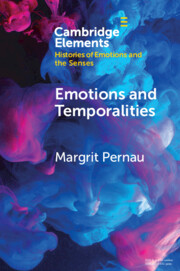
Emotions and Temporalities
-
- Published online:
- 15 September 2021
- Print publication:
- 14 October 2021
-
- Element
- Export citation
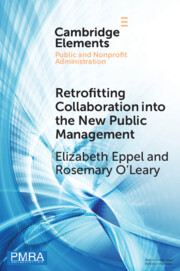
Retrofitting Collaboration into the New Public Management
- Evidence from New Zealand
-
- Published online:
- 14 September 2021
- Print publication:
- 07 October 2021
-
- Element
- Export citation
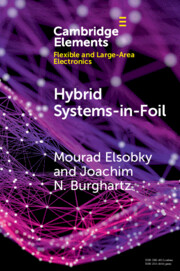
Hybrid Systems-in-Foil
-
- Published online:
- 14 September 2021
- Print publication:
- 14 October 2021
-
- Element
- Export citation
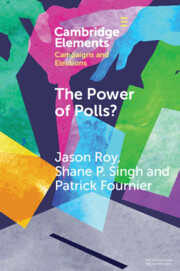
The Power of Polls?
- A Cross-National Experimental Analysis of the Effects of Campaign Polls
-
- Published online:
- 14 September 2021
- Print publication:
- 07 October 2021
-
- Element
- Export citation
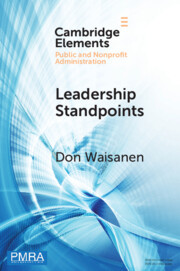
Leadership Standpoints
- A Practical Framework for the Next Generation of Nonprofit Leaders
-
- Published online:
- 14 September 2021
- Print publication:
- 07 October 2021
-
- Element
-
- You have access
- Open access
- HTML
- Export citation
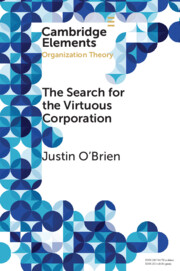
The Search for the Virtuous Corporation
- A Wicked Problem or New Direction for Organization Theory?
-
- Published online:
- 13 September 2021
- Print publication:
- 25 November 2021
-
- Element
- Export citation
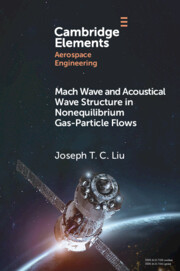
Mach Wave and Acoustical Wave Structure in Nonequilibrium Gas-Particle Flows
-
- Published online:
- 08 September 2021
- Print publication:
- 07 October 2021
-
- Element
- Export citation
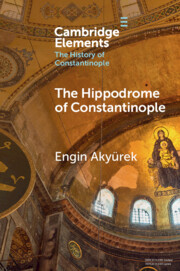
The Hippodrome of Constantinople
-
- Published online:
- 06 September 2021
- Print publication:
- 07 October 2021
-
- Element
- Export citation
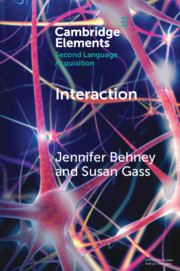
Interaction
-
- Published online:
- 06 September 2021
- Print publication:
- 23 September 2021
-
- Element
- Export citation
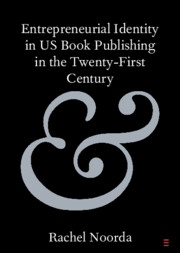
Entrepreneurial Identity in US Book Publishing in the Twenty-First Century
-
- Published online:
- 06 September 2021
- Print publication:
- 23 September 2021
-
- Element
- Export citation

Judaism and Violence
- A Historical Analysis with Insights from Social Psychology
-
- Published online:
- 02 September 2021
- Print publication:
- 07 October 2021
-
- Element
- Export citation
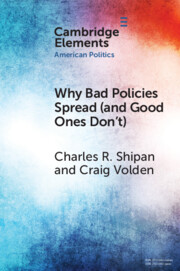
Why Bad Policies Spread (and Good Ones Don't)
-
- Published online:
- 02 September 2021
- Print publication:
- 23 September 2021
-
- Element
- Export citation
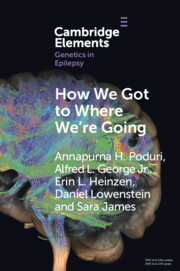
How We Got to Where We're Going
-
- Published online:
- 31 August 2021
- Print publication:
- 30 September 2021
-
- Element
- Export citation
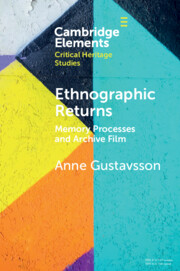
Ethnographic Returns
- Memory Processes and Archive Film
-
- Published online:
- 26 August 2021
- Print publication:
- 16 September 2021
-
- Element
- Export citation
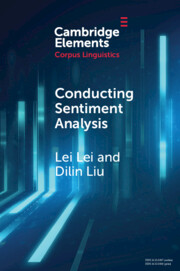
Conducting Sentiment Analysis
-
- Published online:
- 25 August 2021
- Print publication:
- 23 September 2021
-
- Element
- Export citation
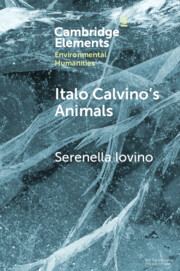
Italo Calvino's Animals
- Anthropocene Stories
-
- Published online:
- 24 August 2021
- Print publication:
- 23 September 2021
-
- Element
- Export citation
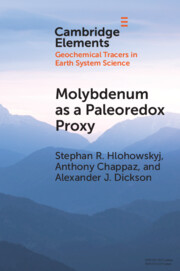
Molybdenum as a Paleoredox Proxy
- Past, Present, and Future
-
- Published online:
- 23 August 2021
- Print publication:
- 09 September 2021
-
- Element
- Export citation
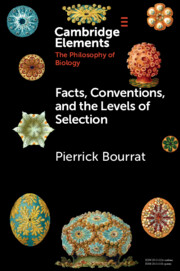
Facts, Conventions, and the Levels of Selection
-
- Published online:
- 20 August 2021
- Print publication:
- 23 September 2021
-
- Element
- Export citation
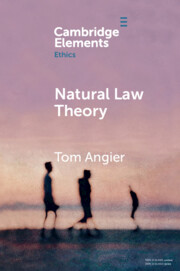
Natural Law Theory
-
- Published online:
- 20 August 2021
- Print publication:
- 16 September 2021
-
- Element
- Export citation
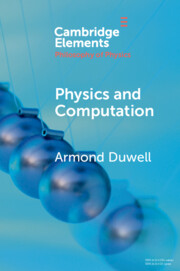
Physics and Computation
-
- Published online:
- 20 August 2021
- Print publication:
- 23 September 2021
-
- Element
- Export citation
